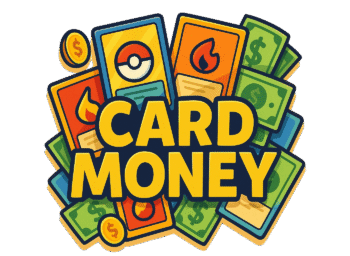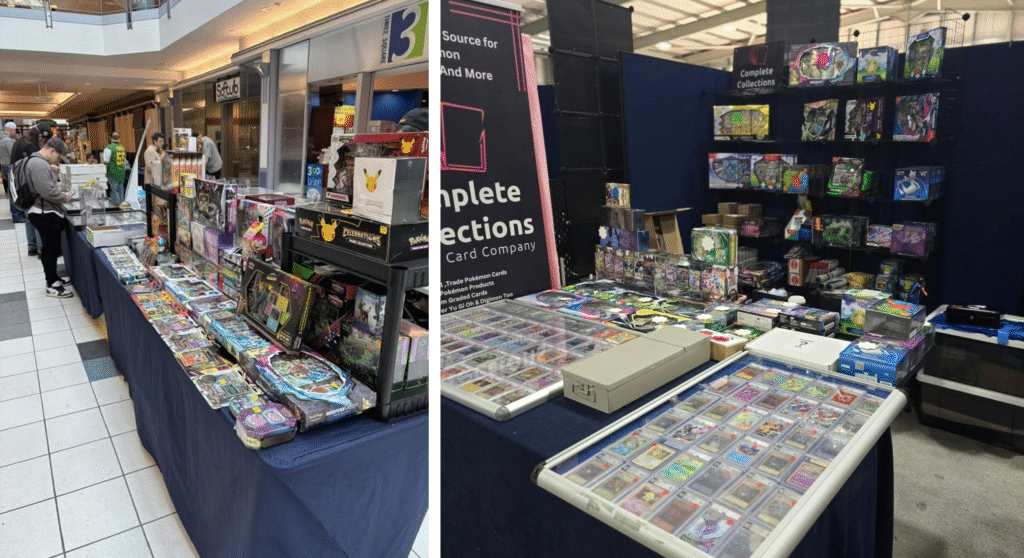If you’re looking to make money from Pokémon cards, you’re not alone — the market has exploded in recent years. But like anything in collectibles, it’s easy to lose money if you don’t know what to look for. Whether you’re flipping new sets for quick profit or building long-term investments with vintage cards and sealed products, here’s what you need to know before you spend a penny.
Start With Raw Cards
One of the best entry points is buying raw (ungraded) cards — either online, at events, or in local card shops. When you’re browsing, check the current market prices on platforms like TCGPlayer and eBay sold listings.
Here’s what to look for:
- If a card is listed below what it’s consistently selling for, it’s a potential win.
- But pricing is only half the story — condition is everything.
Card Condition: What to Watch Out For
A card might be rare, but if it’s in bad shape, it won’t be worth much. Look closely for:
- Whitening around the borders or corners
- Scratches, especially on holographic areas
- Bends, folds, or dents
- Surface wear or clouding
- Centring – how aligned the artwork is on the card. Uneven borders can kill value, especially for graded cards.
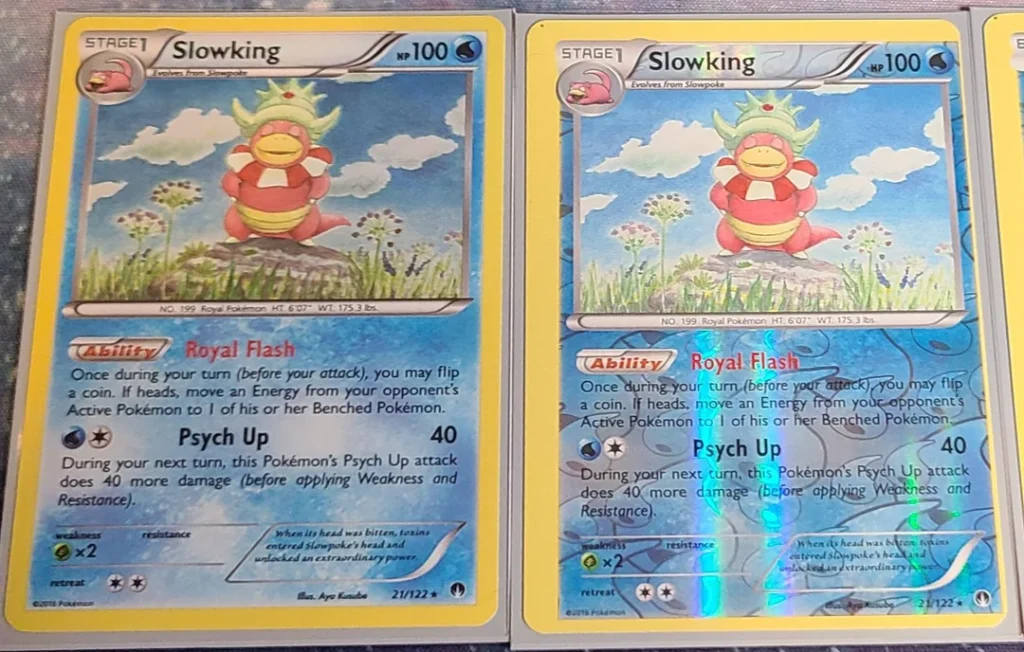
Image credit: Reddit
Caption: Clean centring can be the difference between a PSA 9 and a PSA 10.
If a card looks sharp and market prices suggest potential, it could be a great candidate for grading.
Grading for Profit
The goal with raw cards is often to send them in for professional grading. A PSA 10 of a valuable card can go for 10x or more the price of the raw version.
Here’s what to do:
- Look up recent sales for both raw and graded versions
- Calculate your margin after grading costs (usually £12–£20 per card depending on service)
- Send in only those cards you believe will get a PSA 9 or higher
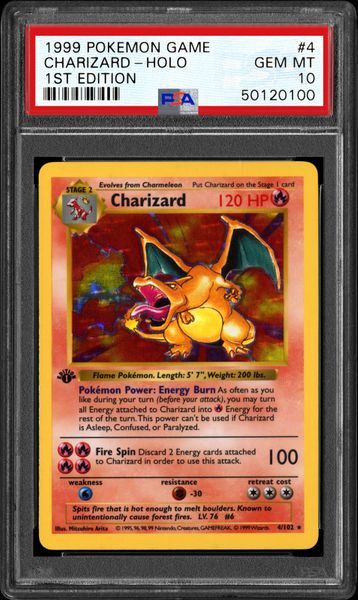
Image credit: PSA
Caption: Graded cards can skyrocket in value with the right condition.
We’ll cover the best grading companies in an upcoming post.
Investing in New Sets: Quick Flip vs Long Hold
New sets are exciting, but they’re risky long-term. If you’re buying modern cards, you need to flip fast.
A great example: Pikachu SIR from Surging Sparks
- Sold consistently for $450+ at launch
- Dropped to under $300 in days due to reprints
That’s how volatile new sets can be. You can still make money — just don’t sit on the inventory for long.
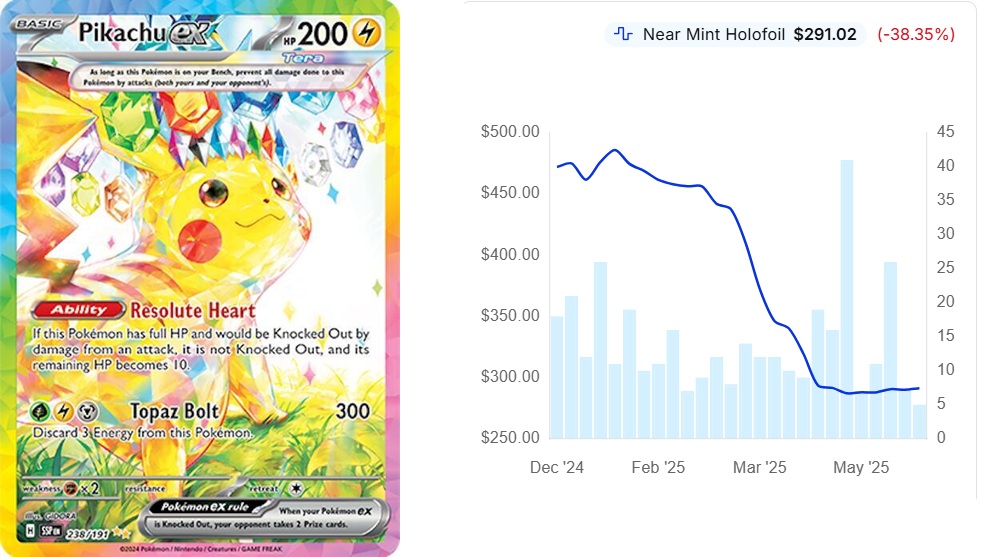
Caption: Even chase cards crash fast when reprints hit.
Long-Term Investment: Sealed Products & Vintage Cards
For long-term gains, sealed products and out-of-print cards are king. One of my biggest wins:
I bought a Cosmic Eclipse booster box in 2020 for £115 when it was just going out of circulation. Today it’s worth over £1,800 — and that’s just from keeping it sealed.
What to Buy and Watch For:
- Sets going out of print — these often spike in value within a year or two
- Sealed booster boxes, Elite Trainer Boxes (ETBs), and exclusive promos
- Pokémon Center exclusives (e.g. PC ETBs) are always worth more than standard versions
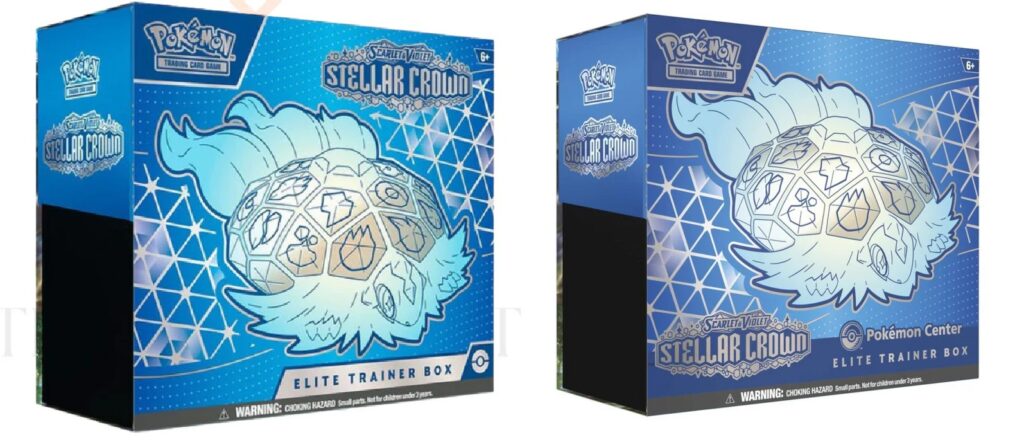
Caption: PC exclusives come with unique packaging and guaranteed scarcity.
Subscribe to Pokémon Center email alerts and be ready when new exclusive products drop.
Be Aware of Fakes
Fake Pokémon cards are everywhere, especially online. Learn how to spot them. Some are obvious, some are extremely convincing — and even experienced collectors get caught out.
We’ll be posting a full guide soon on how to identify fakes, with visual examples.
Grading: PSA 1 Can Beat PSA 7
Here’s something most people don’t realise: PSA 1s can be more collectible than PSA 7s.
- Why? Because they’re harder to come by in that poor condition — and collectors of “bookend grades” want them.
- A clean, sharp PSA 7 might sell for less than a beat-up PSA 1 of the same card, depending on demand.

Caption: Sometimes damage adds character — and value.
Tools You Should Use
- TCGPlayer for modern price tracking
- PriceCharting.com for historical prices and trends
- eBay Sold Listings for real-world sale data
- Grading population reports to see how common certain grades are
But remember — older cards in good condition are underpriced on these sites. Most listed prices reflect damaged raw cards. If you find one in excellent condition, it’s usually worth grading.
Final Thoughts
Making profit with Pokémon cards is absolutely doable — but it’s not just about luck. You need to:
- Understand condition and market trends
- Act fast on modern sets
- Think long-term with sealed products and vintage cards
- Educate yourself on grading and spotting fakes
Smart buying is what makes the difference. Build knowledge, stay current, and stay ready.
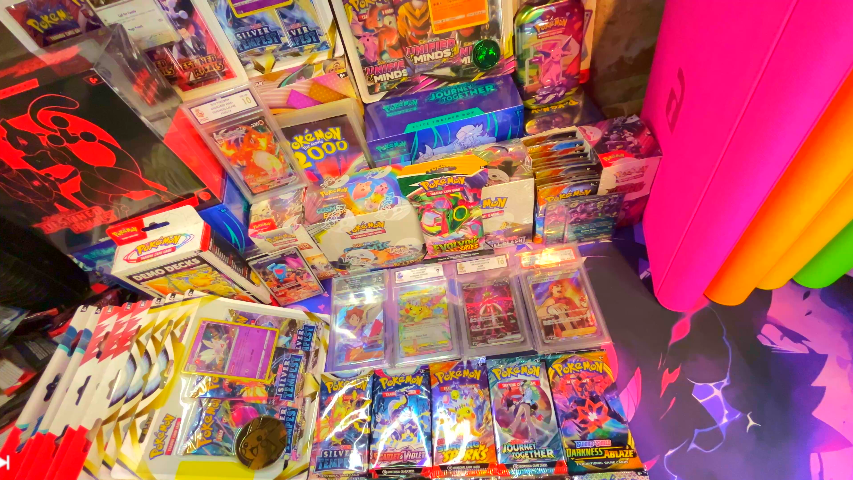
Caption: A well-diversified card collection balances quick flips with long holds.
Up Next:
- The Best Grading Companies Compared
- How to Spot Fake Pokémon Cards
- Which Sealed Products Are Worth Holding Long-Term
Subscribe to stay updated — and let’s turn collecting into a real business.
